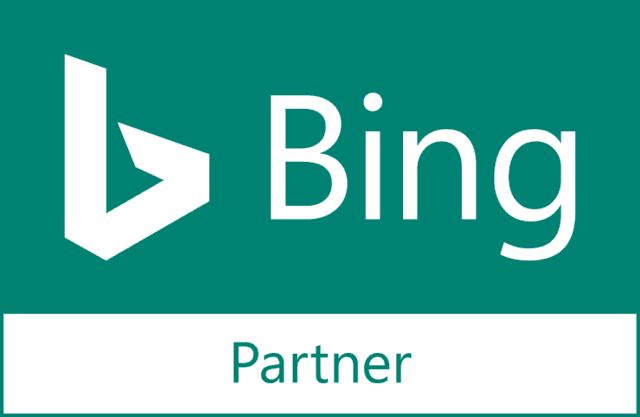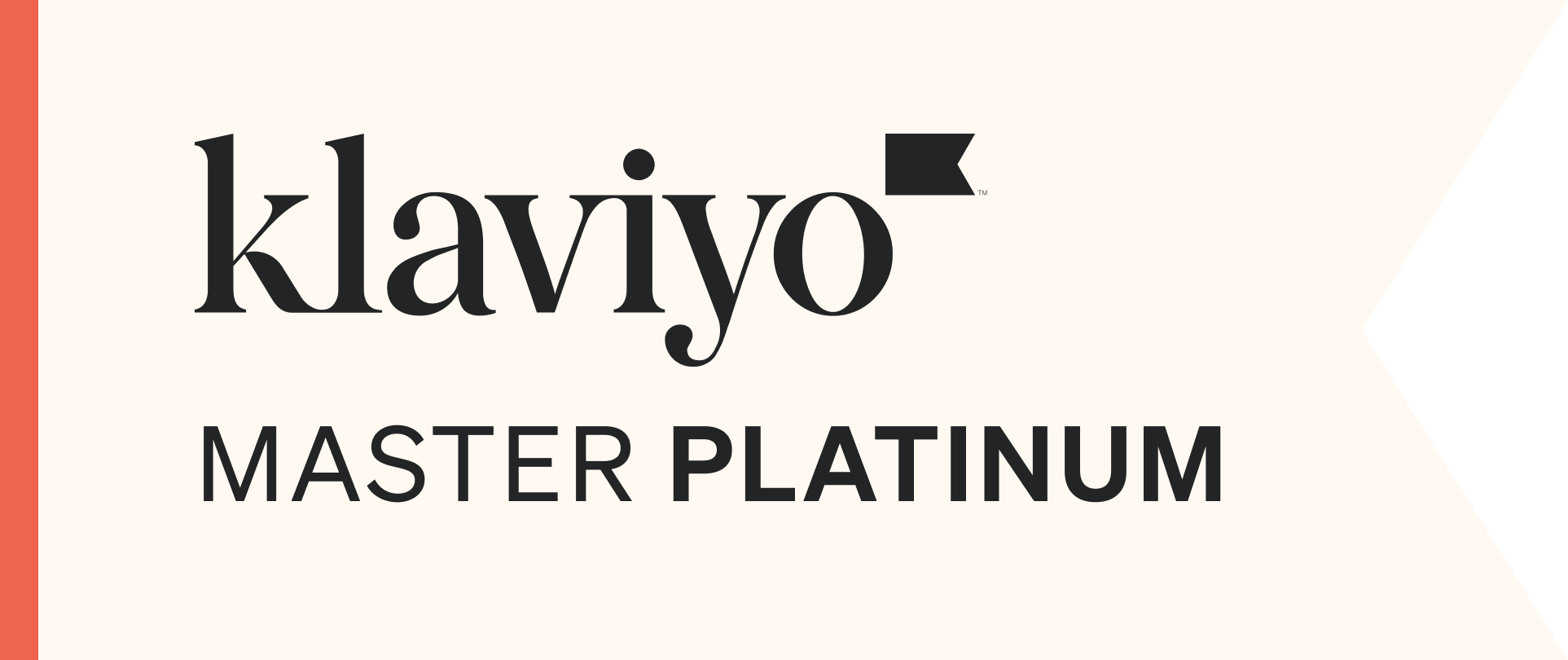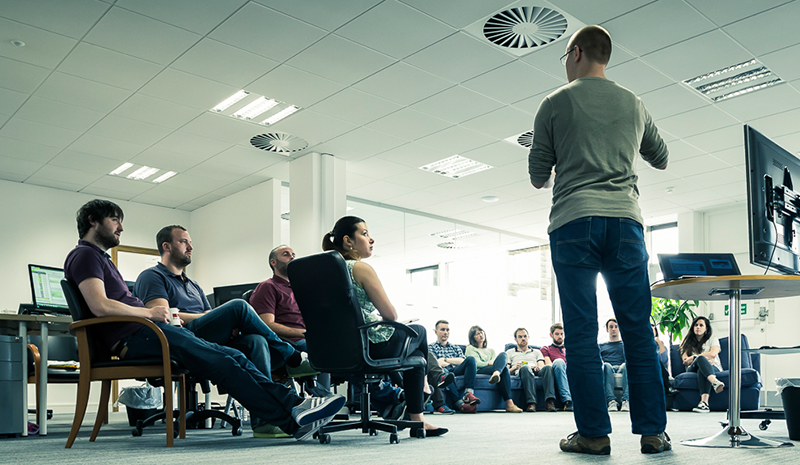By Alan Coleman on 15 Oct 2013
I seem to mention this in every single blog post I write, but I’m going to do it again: the best thing about digital marketing is the measurability of everything you do. Any time you perform an action, you can see exactly what reaction this has on your advertising campaigns.
But up until now there’s been one giant, gaping hole in an otherwise robust tracking system; we haven’t been able to track user journeys as well as we would like. People who carry out their research on one device and purchase on another have been anonymous to us until now. We can still see when they convert, but we never had a full understanding of the journey they took on their way to the conversion. I’m going to warn you now and apologise in advance for the following paragraph. It contains some really boring-sounding terms such as ‘attribution models’ and ‘conversion tracking’. But I’ll do my best to highlight why Google’s latest changes are actually very exciting for advertisers. Once again, I am sorry for the following paragraph. The current attribution model used by Google AdWords is a last-click model. What this means is that if you are using conversion tracking and someone performs the desired action on your website (i.e. purchases, enquires, etc.), the conversion is attributed to whichever device the user was on when they clicked on your ad for the last time on their way to converting. As we know from our Multi-Device Marketing infographic, many consumers carry out their research across several devices before they carry out a purchase. Google, themselves, put this figure at 90%. In fact, the hours between 11am and 4pm (when they’re sitting at their desk in work) are the most common times for people to do their research. They may then continue this research on their commute home on their phone, and then when they’re at home, sitting in front of the TV with their laptop or tablet in their hands, they make the purchase. We used to see amazing results from our tablet-targeted AdWords campaigns for this very reason (before Google took them away from us). Until now, the tablet or laptop has been given all the credit for the conversion, since that was the device that the customer was using when they converted. However, a lot of the heavy-lifting was done on the desktop in work and the phone on the DART, and we think these devices haven’t been getting the credit they deserve. We’ve been crying out for the ability to track the customer’s whole journey and now, finally, Google have made all of our dreams come true (except the ones about PLAs coming to Ireland). On the 1st of October, Google announced the launch of Estimated Total Conversions. Eventually they will integrate things like phone calls and store visits into this new feature, but the one we’re really excited about is the ability to track conversions across devices, and this the first new conversion type that Google are rolling out. ![]() What this is means is that, Google will track my entire journey to conversion and give credit to each of the touch points along the way. This gives marketers a much more full picture of how their customers behave and how their AdWords campaigns influence conversions across different devices. This allows a fantastic opportunity for more fully informed digital marketing strategies and for more innovative and interesting advertising techniques. Plus everything will be even more measurable than before and, as far as we’re concerned, the more data, the better.
What this is means is that, Google will track my entire journey to conversion and give credit to each of the touch points along the way. This gives marketers a much more full picture of how their customers behave and how their AdWords campaigns influence conversions across different devices. This allows a fantastic opportunity for more fully informed digital marketing strategies and for more innovative and interesting advertising techniques. Plus everything will be even more measurable than before and, as far as we’re concerned, the more data, the better.








